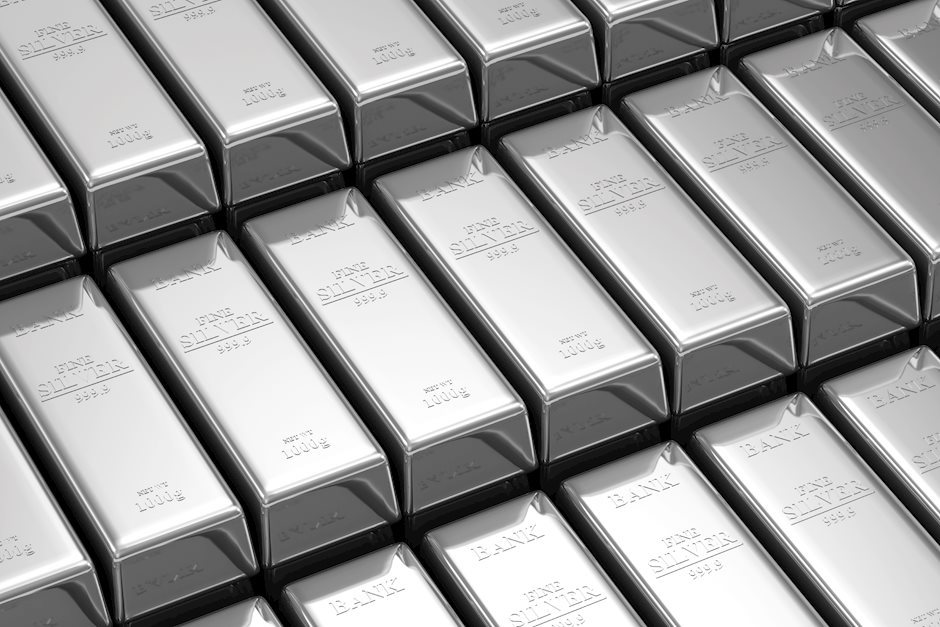Silver Price Forecast: XAG/USD rises to near $29.00 ahead of US NFP
- Silver price gains ground ahead of the release of US economic data including Nonfarm Payrolls on Friday.
- The complex US economic scenario could boost the demand for less-riskier assets like Silver.
- Heightened concerns over China's economic outlook could negatively impact the demand for industrial metal.

Silver price (XAG/USD) appreciates to near $29.00 per troy ounce during the early European hours on Friday. Traders assess the upcoming July US Nonfarm Payrolls and Average Hourly Earnings data, set to be released later in the North American session, for insights into the US labor market.
The latest manufacturing and labor market data have created a complex scenario involving an economic slowdown in the United States and rising expectations for a Federal Reserve rate cut. If the economic downturn worsens significantly, it could dampen market sentiment, making any Fed rate cuts less impactful. In this context, demand for safer assets like Silver could increase.
US ISM Manufacturing Purchasing Managers Index (PMI) tumbled to an eight-month low of 46.8 in July, compared to the previous 48.5 reading and the forecasted move up to 48.8. US Initial Jobless Claims for the week ended July 26 rose to 249K from the previous week’s 235K, exceeding the forecast uptick to 236K.
In China, Caixin Manufacturing PMI for July came in at 49.8, below the expected 51.5 and down from the previous 51.8. Weak China’s Purchasing Managers Index (PMI) data raise concerns about economic activity in the world’s manufacturing hub. This situation could negatively impact Silver demand, as the precious metal is crucial in various industrial applications, including electronics, solar panels, and automotive components.
Additionally, the safe-haven demand for grey metal increased due to escalated geopolitical tensions in the Middle East. Tensions in the Middle East remain high following the assassination of Hamas leader Ismail Haniyeh in Iran.
According to the New York Times on Wednesday, Haniyeh was killed in Iran's capital after attending the new president's inauguration. Both Iranian officials and Hamas have accused Israel of being behind the strike.
Silver FAQs
Silver is a precious metal highly traded among investors. It has been historically used as a store of value and a medium of exchange. Although less popular than Gold, traders may turn to Silver to diversify their investment portfolio, for its intrinsic value or as a potential hedge during high-inflation periods. Investors can buy physical Silver, in coins or in bars, or trade it through vehicles such as Exchange Traded Funds, which track its price on international markets.
Silver prices can move due to a wide range of factors. Geopolitical instability or fears of a deep recession can make Silver price escalate due to its safe-haven status, although to a lesser extent than Gold's. As a yieldless asset, Silver tends to rise with lower interest rates. Its moves also depend on how the US Dollar (USD) behaves as the asset is priced in dollars (XAG/USD). A strong Dollar tends to keep the price of Silver at bay, whereas a weaker Dollar is likely to propel prices up. Other factors such as investment demand, mining supply – Silver is much more abundant than Gold – and recycling rates can also affect prices.
Silver is widely used in industry, particularly in sectors such as electronics or solar energy, as it has one of the highest electric conductivity of all metals – more than Copper and Gold. A surge in demand can increase prices, while a decline tends to lower them. Dynamics in the US, Chinese and Indian economies can also contribute to price swings: for the US and particularly China, their big industrial sectors use Silver in various processes; in India, consumers’ demand for the precious metal for jewellery also plays a key role in setting prices.
Silver prices tend to follow Gold's moves. When Gold prices rise, Silver typically follows suit, as their status as safe-haven assets is similar. The Gold/Silver ratio, which shows the number of ounces of Silver needed to equal the value of one ounce of Gold, may help to determine the relative valuation between both metals. Some investors may consider a high ratio as an indicator that Silver is undervalued, or Gold is overvalued. On the contrary, a low ratio might suggest that Gold is undervalued relative to Silver.
Author

Akhtar Faruqui
FXStreet
Akhtar Faruqui is a Forex Analyst based in New Delhi, India. With a keen eye for market trends and a passion for dissecting complex financial dynamics, he is dedicated to delivering accurate and insightful Forex news and analysis.

















